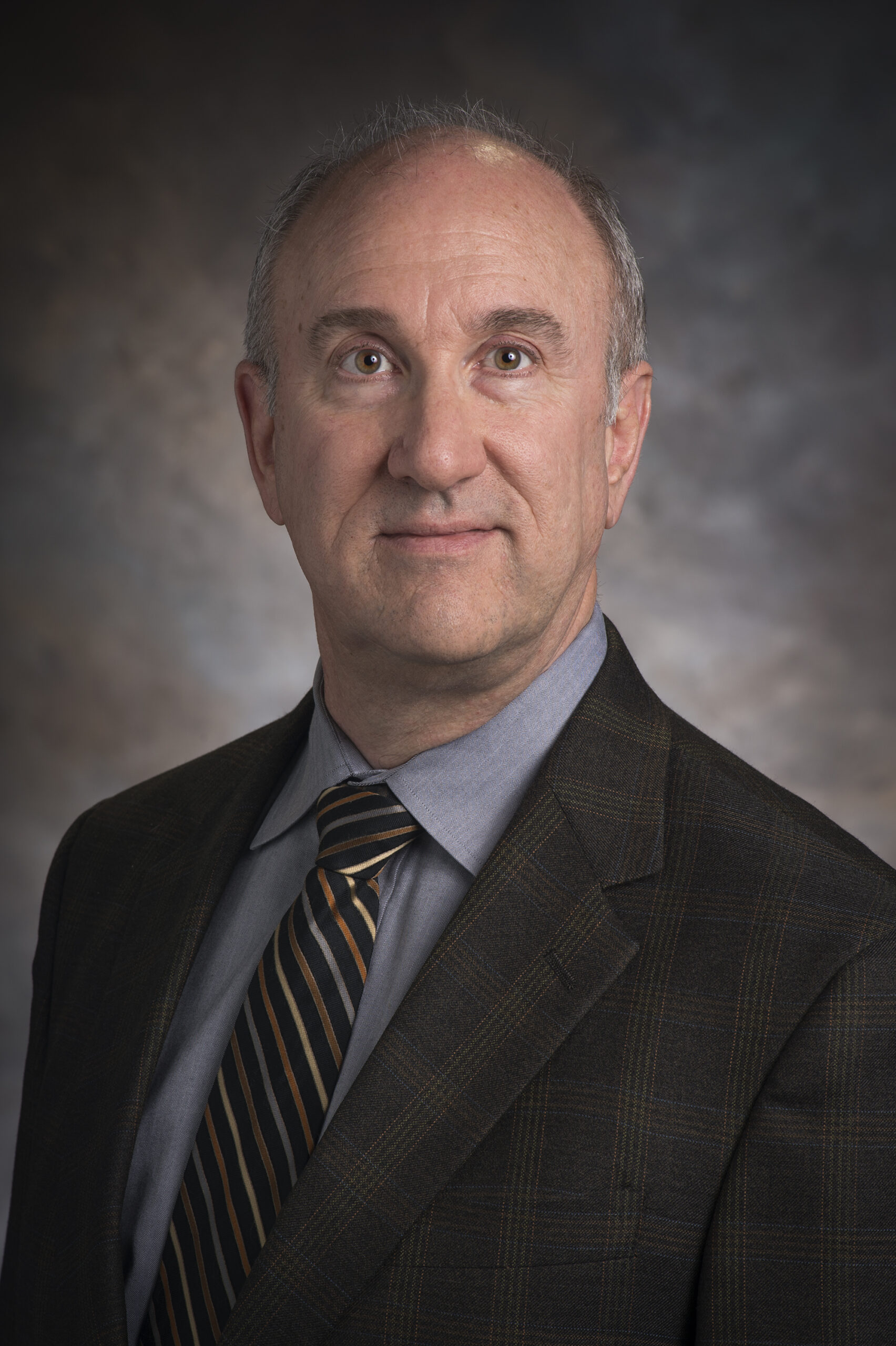
Bio
Mark Ballin joined NASA in 1983 as a member of the Flight Dynamics and Controls Branch at Ames Research Center. Prior to joining NASA, he worked at Rockwell International (now Boeing) performing Space Shuttle vehicle dynamics and control analysis for heavy payloads. Early experiences at NASA include handling qualities research using pilot-in-the-loop simulation and flight testing as well as the development and validation of real-time simulations of airframe, engine, and blade-element rotor systems for helicopters. The majority of his career has been devoted to modernization of the National Airspace System, initially as a researcher and developer at Ames.
Mr. Ballin joined Langley Research Center in 1997, where he began research of vehicle-centric traffic management concepts. He led a team that developed and investigated future decentralized traffic management concepts, research that continues today. The team also developed the concept-enabling flight deck-based automation technologies and the research infrastructure required to support the research. He led the creation of the NASA Airspace and Traffic Operations Simulation, a high-fidelity networked air traffic simulation developed specifically to investigate future distributed-control airspace operations. He is an Associate Fellow of the American Institute of Aeronautics and Astronautics, and is a recognized world expert for distributed traffic management concepts and their enabling technologies. He has been invited to publish and speak numerous times at international symposiums in the United States and Europe, focusing on avionics and air traffic control modernization.
In addition to his research experiences, he served as Project Scientist of the NextGen Concepts and Technology Development Project, Technical Integration Manager of the NASA Airspace Operations and Safety Program (AOSP), and Strategic Technical Advisor for AOSP and later for the Transformative Aeronautics Concepts Program (TACP). He coordinated planning of autonomous systems research for NASA’s Aeronautics Research Mission, and he coordinated the development of an innovation investment strategy for TACP. His current interests focus on understanding and overcoming the challenges associated with the advancement of complex engineered systems in aviation, from initial exploration to operational implementation.